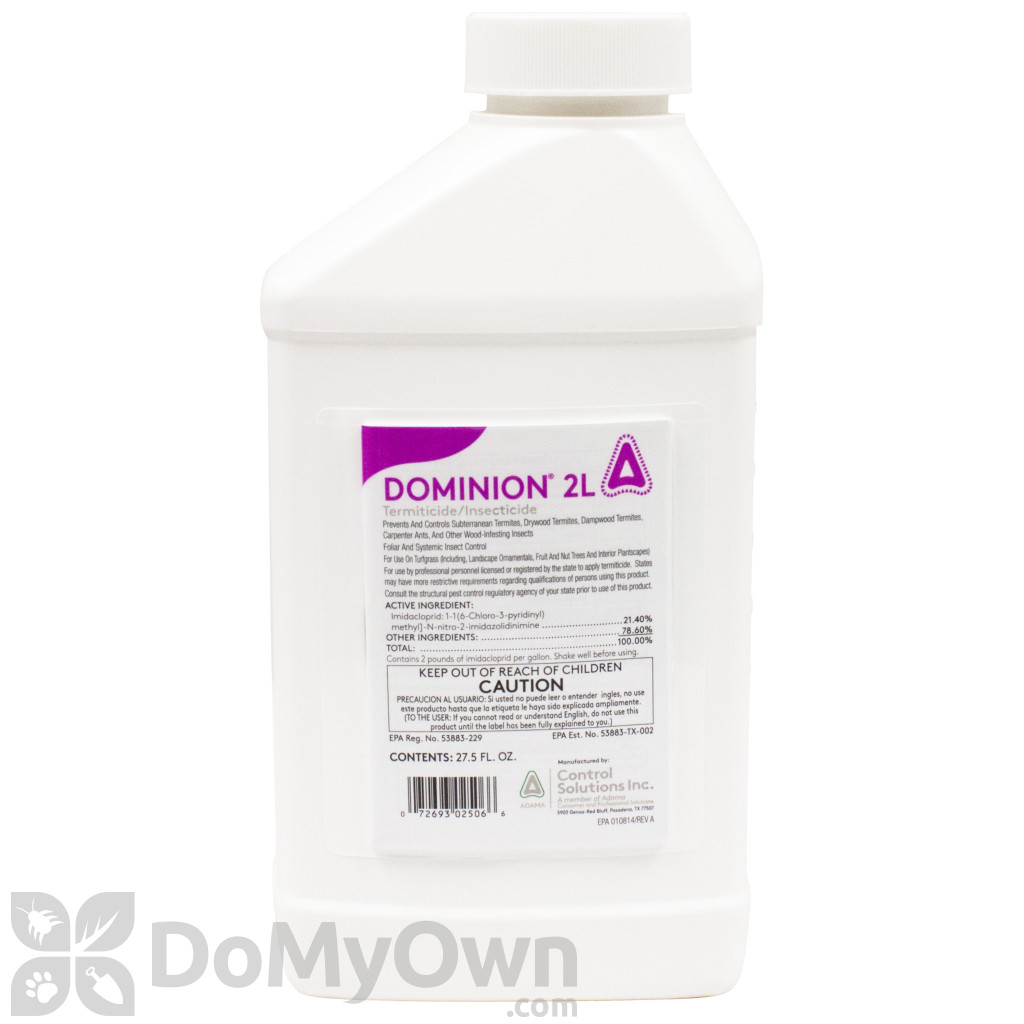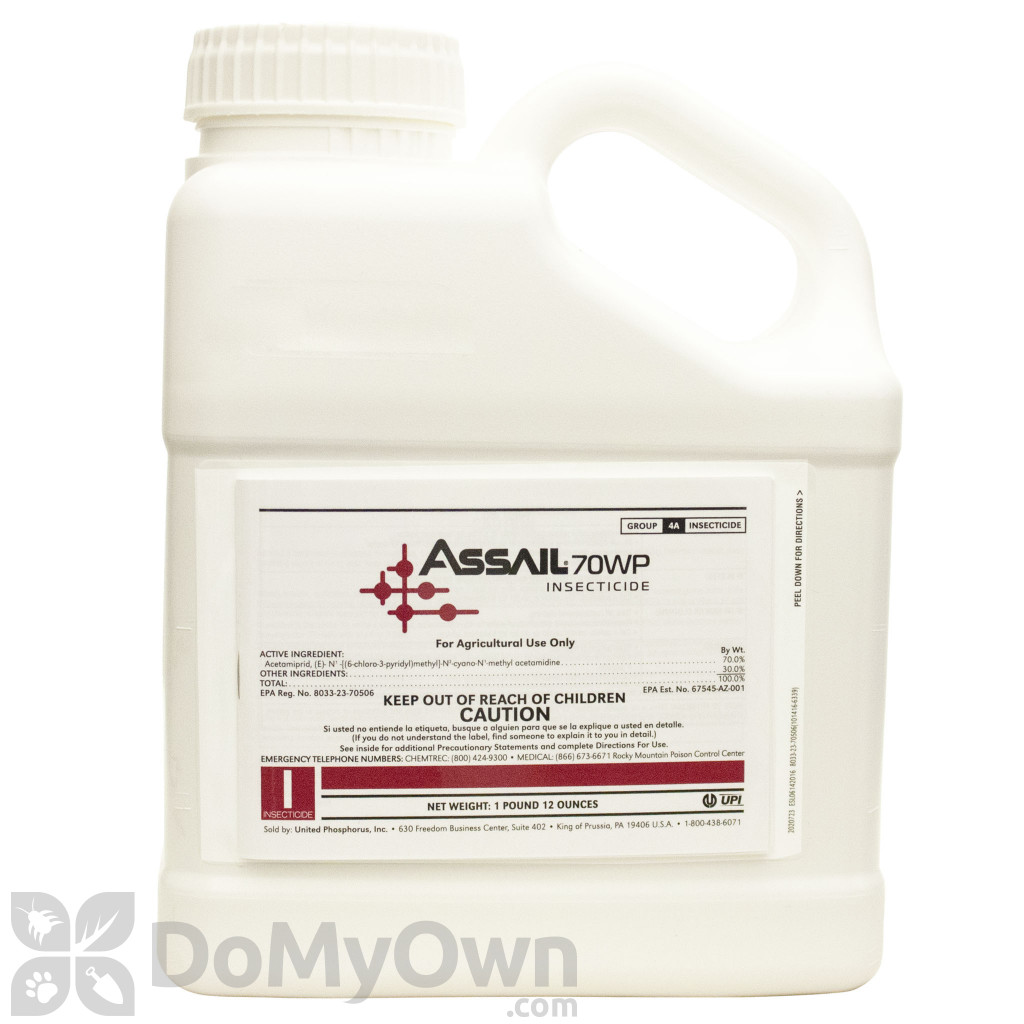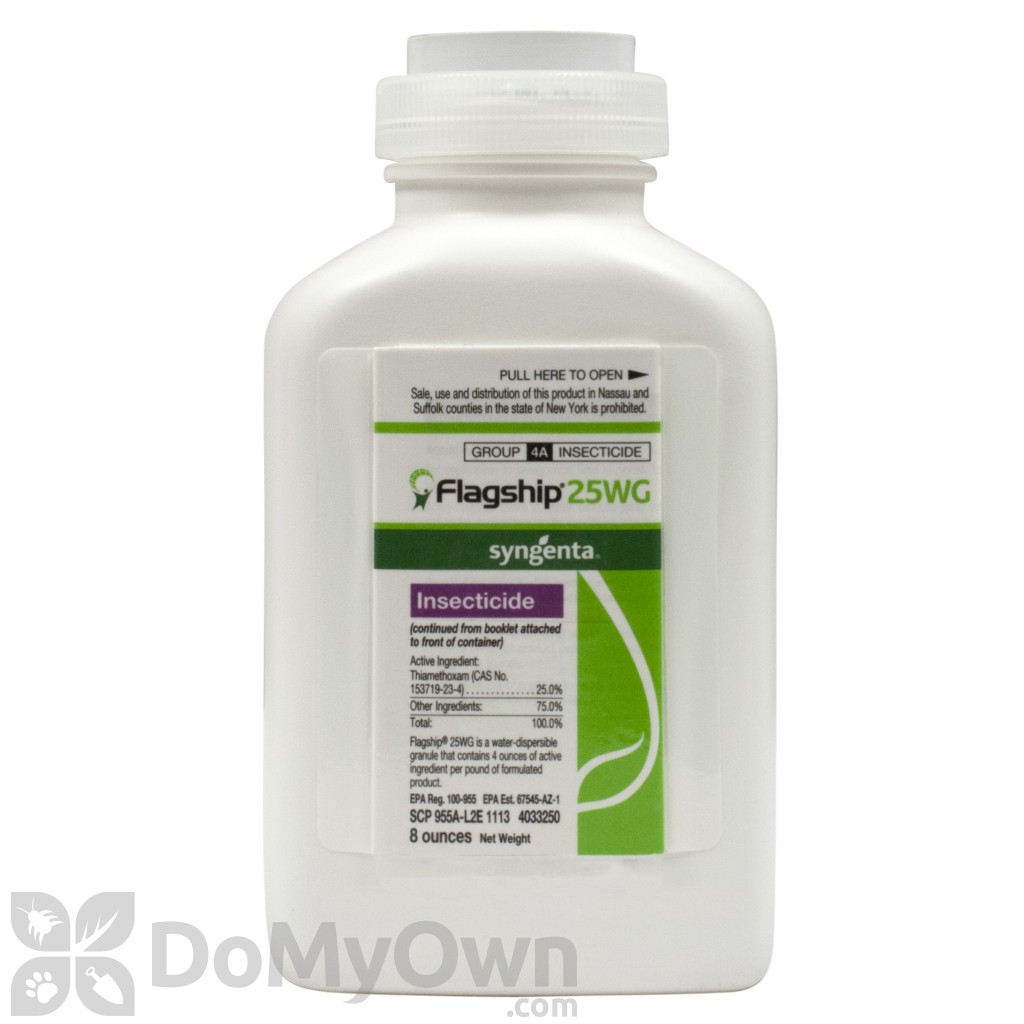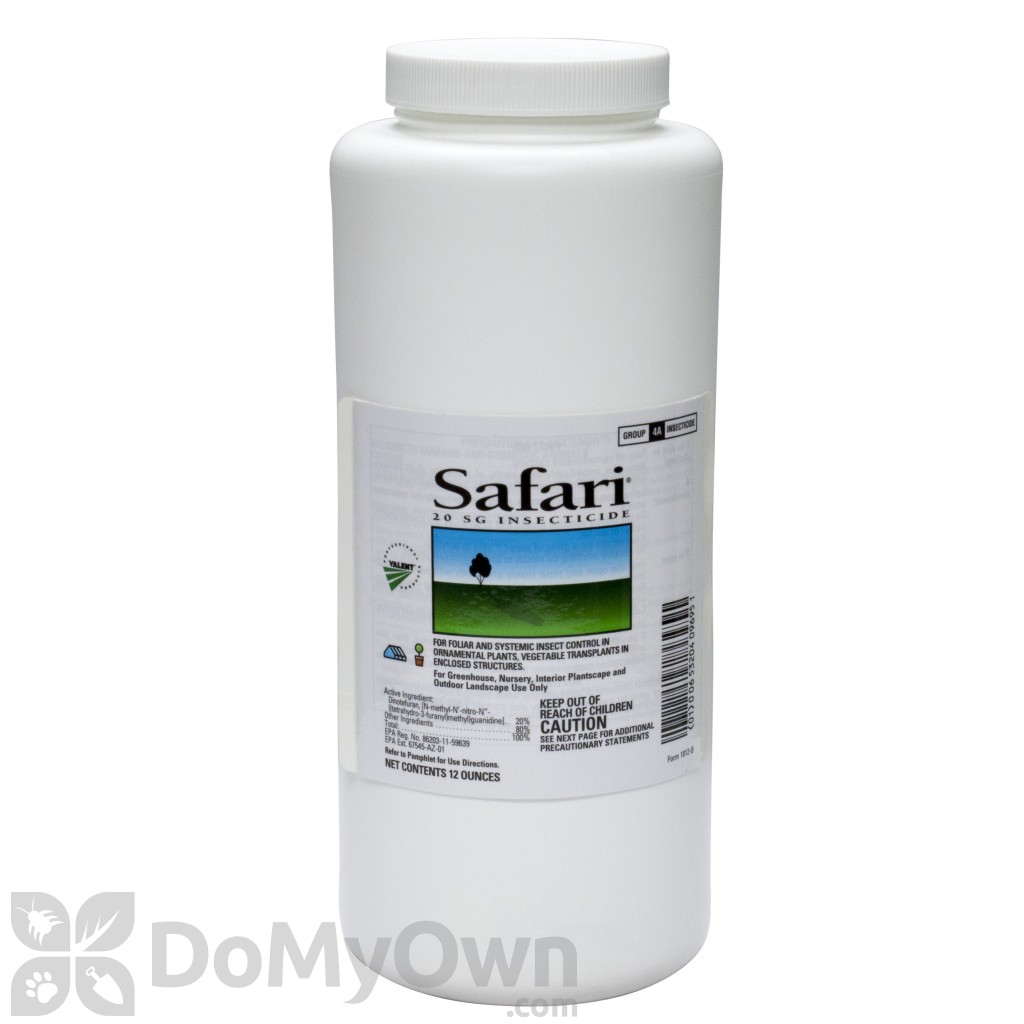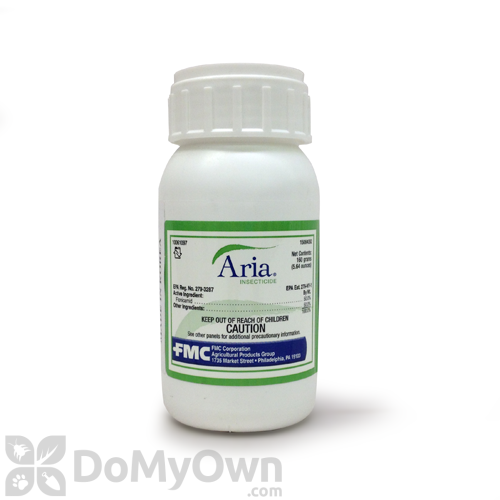Let’s see first how they look and what they do.
They are around 2 mm in length and are inhabiting plants in big colonies.







They also suck the liquids out of the leaves and disturb the plant’s growth, with the viruses they transfer into them.




They secrete sticky honeydew, which inhibits black sooty mold.
These are actually surplus Sugars, which are secreted from the body of the aphid, as a result of its nutrition from the assimilation materials in the leaf and which ants love and feed on.
It is very common to see ants where aphids are at.
They protect them from predators like ladybugs, so that they continue to produce their food and the production line is not harmed.
In the fall, the ants collect the fertilized aphid eggs from the plants, keep them in a nest in the ground throughout the winter season, and protect them from predators. Upon hatching in the spring, the tiny maggots are returned to the plants.


It is recommended to use at least 3 kinds of different pesticides,
and alternate between them every 4 days, in order to overcome pest’s resistance,
and completely exterminate them.
For further information about this, read this post , and this post also.
There are 3 ways to eliminate aphids: chemical, organic and biological.
Chemical:
Best pesticides for aphids,
Organic:
Potassium salts of fatty acids (insecticidal soap) –
Adding potassium hydroxide to fatty acids, extracted from palm, coconut, olive, castor, and cottonseed plants, forms this active ingredient, which penetrates and disrupts the lipoprotein matrix of the insects’ cellular membranes.
The membrane disruption leads to evacuation of cellular contents, causing the cell to dehydrate and die.

Isaria fumosoroseus-
Contains spores of the naturally occurring strain of the fungus Isaria fumosoroseus.
After germination of the spore, the fungus penetrates and proliferates inside its host.
It disrupts the host’s internal organs and initiates tissue necrosis.
This leads to lack of feeding, inactivity and eventually death.
Azadirachtin
Extracted from the neem tree, it is the active ingredient here.
Insects are repelled by its taste and smell, but it also work as a molting/growth disruptor.
This insect growth regulator (IGR) disrupts the life cycle between larval, pupal and nymphal stages.
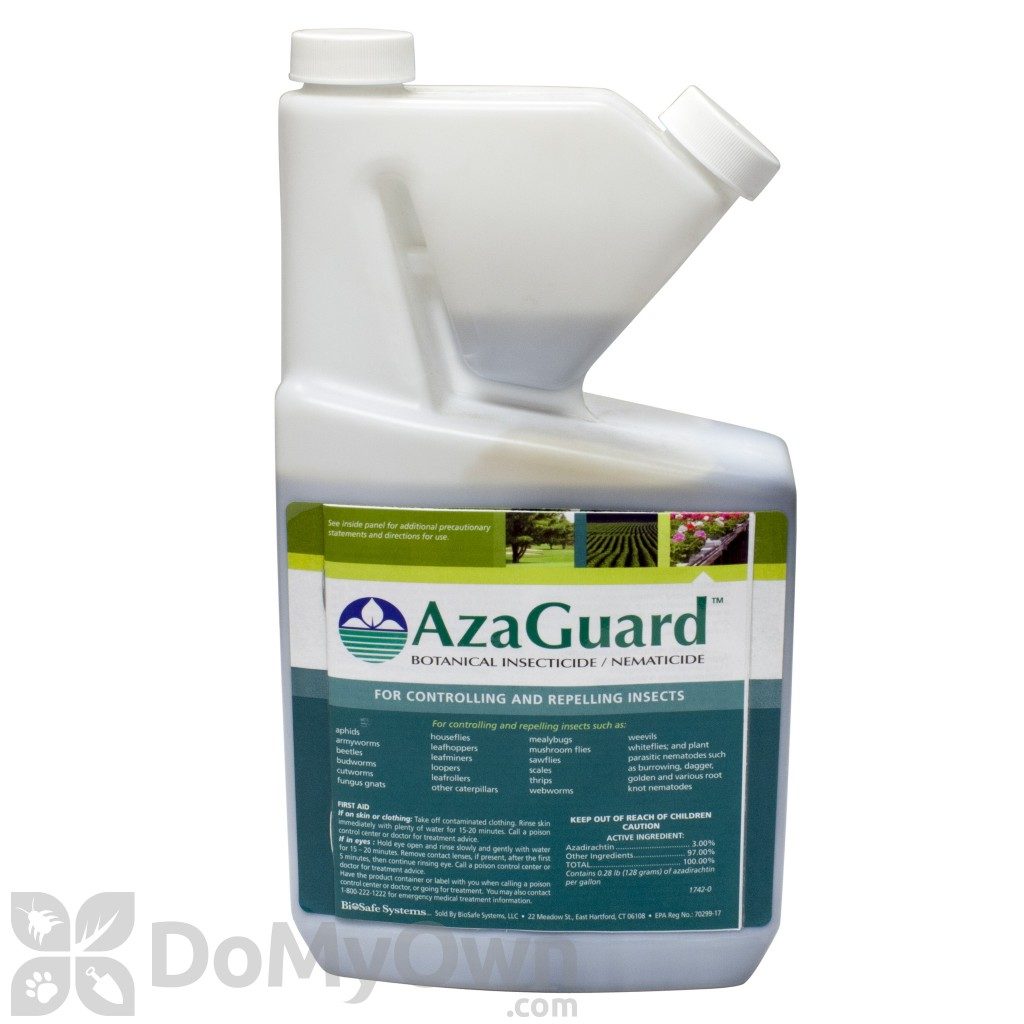
Beauveria bassiana
Live fungal spores for the control of soft-bodied insects in organic production.
Its spores adhere to the target insect’s outer shell, and begin the infection process.
At this point, you may notice insects with a whitish appearance.
Once the spores have breached the protective barrier of the outer shell, they continue to multiply until they reach the insect’s blood, which they begin feeding on.
Death occurs 7 to 14 days after infection.
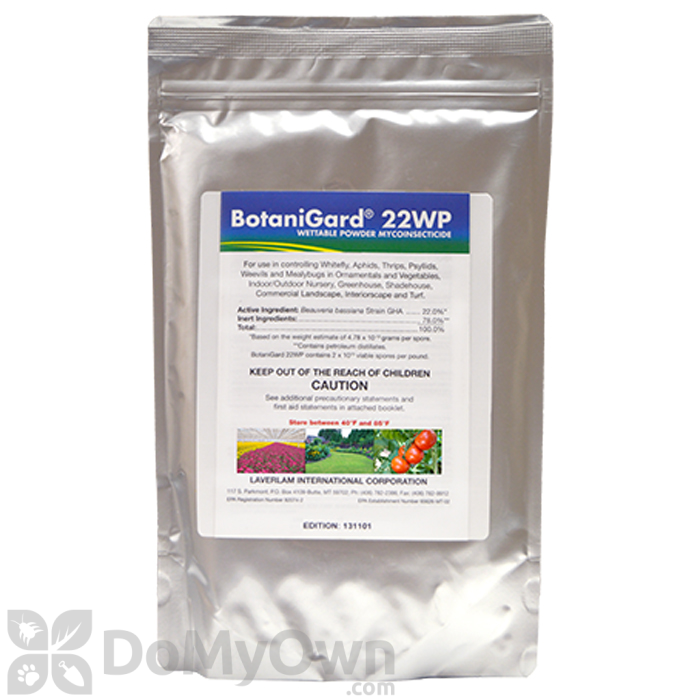
Neem oil
A naturally occurring pesticide that is found in seeds from the neem tree.
Azadirachtin is the most active component here.
It reduces insect feeding and acts as a repellent.
It also interferes with insect hormone systems, making it harder for insects to grow and lay eggs.
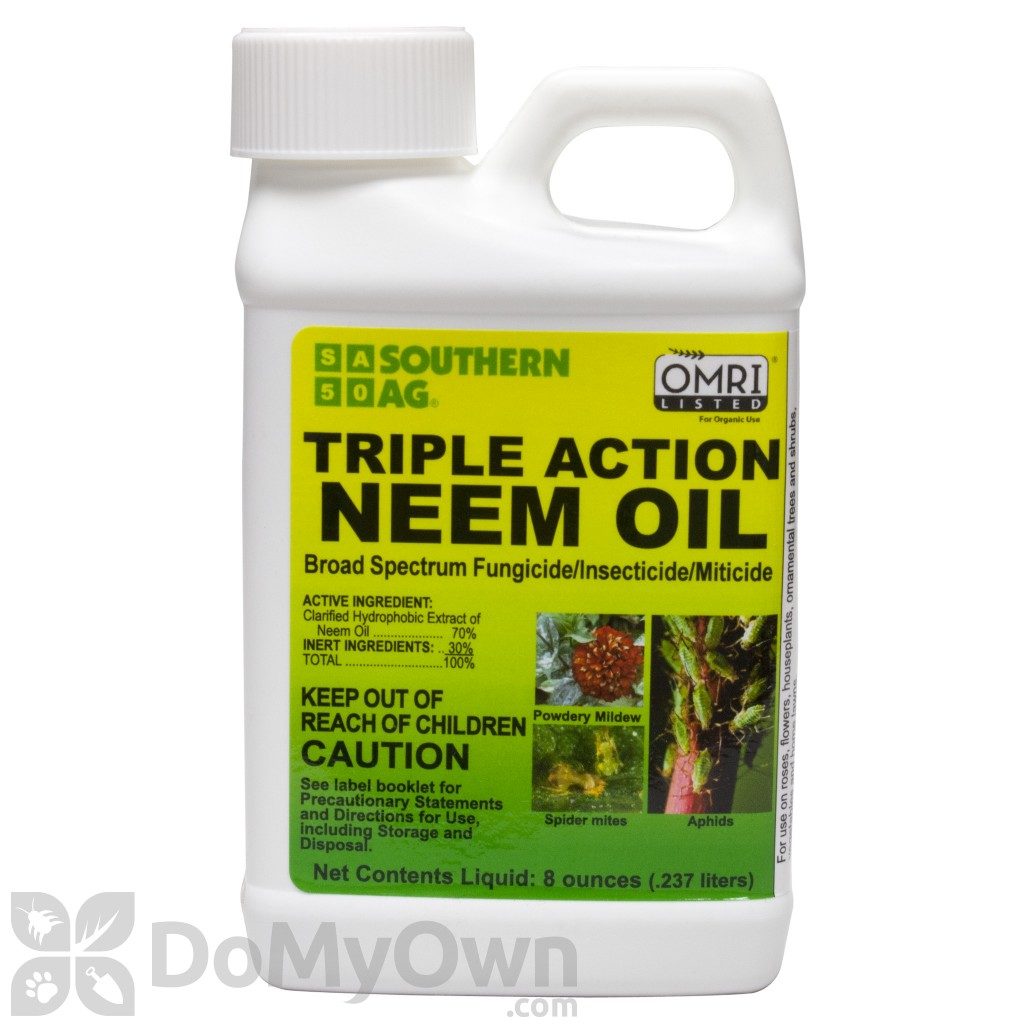
Ants and aphids have a symbiotic relationship. This is due to the fact that ants value the secretions of the aphids (honeydew) as a food source. The ants aggressively protect the aphids from other insect threats and the aphids produce the honeydew they crave. For this reason, before you begin any treatment to control aphids with predatory insects you will need to eradicate the ants in the area to be treated. Otherwise, they will wipe out any beneficials you introduce.
Biological:
Ladybugs –

Mature ladybugBiological control of all aphid species at all stages.
Also efficient against smaller organisms such as spider mites and mite eggs.
They can be used at high prey density.
Both larvae and adults are efficient against several aphid species.
Immediately after hatching, the larvae actively search for prey.
Mature larvae consume as many or even more aphids as adults, hundreds a day.
They work faster and more intensively among large aphid colonies.
To release, simply water your garden and shake the predators out, close to pest populations.
Do not release during the sunny part of the day, but rather wait until evening.
Ants will protect honeydew producing insects like aphids, and should be controlled prior to release.
Most backyard gardens can’t support the 1,000 or more ladybugs you bought, so the food source is quickly gone, and they fly away.
Therefore, it’s better to buy the larvae stage.

Ladybug larvae stage

Ladybug larvae stage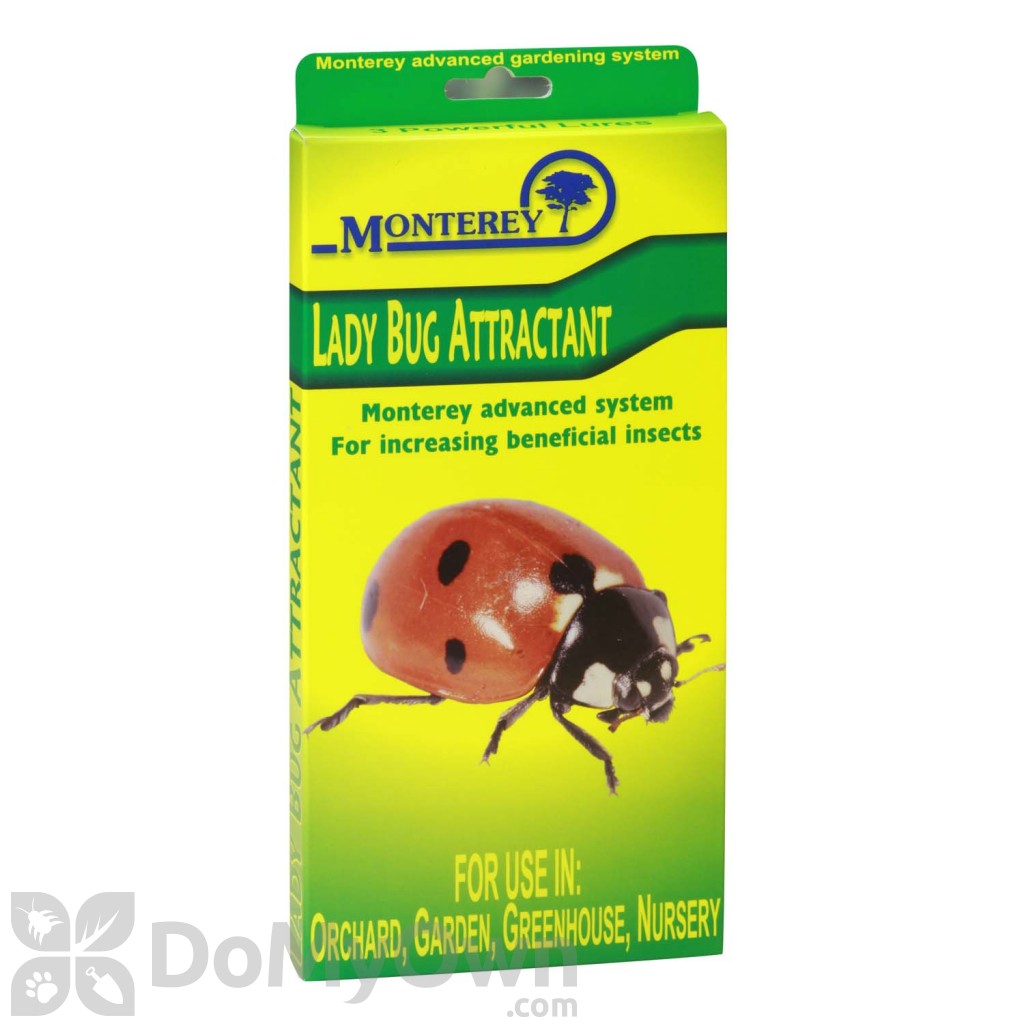
Aphidius colemani/ervi –

The wasp is a parasite on several species of leaf aphids.
It responds to alarm signals from plants that suffer from the honeydew aphids excrete, in order to locate them.
The wasp lays a single egg inside the body of the aphid.
The wasp larva, which hatches from the egg, feeds on the aphid’s body contents.
When the parasite larva reaches its fourth degree, it eats most of the internal tissues of the aphid, cuts an opening in the aphid’s body on the lower side and produces a sticky substance that attaches the aphid to the leaf.


It is then embodied within the body of the dead aphid.
The latter becomes a swollen, brown colored mummy.
They are shipped as “mummies” mixed with wood chips, from which the adult parasitic wasps soon emerge.
Most effective when aphid infestations are beginning.
Open among plants in the greenhouse.
With the vial held horizontally at a 45° degrees angle, carefully remove the lid.
Release adult parasites evenly by gently tapping the opened vial, while walking through the crop.
Recap the vial, and store at greenhouse temperature until more adults have hatched.
Repeat the distribution of adults daily for 2-4 days.

Green Lacewing Eggs/larvae/adults –


Once hatched, the larvae are voracious predators used to control a wide range of soft-bodied pest insects.
The larvae paralyze their prey with venom and feed on the body fluids of the pest.
Each lacewing larva will devour 200 or more pests or pest eggs per week during their two-to-three-week developmental period.
Green lacewing is ideal for building a sustainable population within your growing area for continued control.
Shake the bottle gently before use.
Apply on infested leaves.
For curative treatments, apply directly in the heavily affected areas.
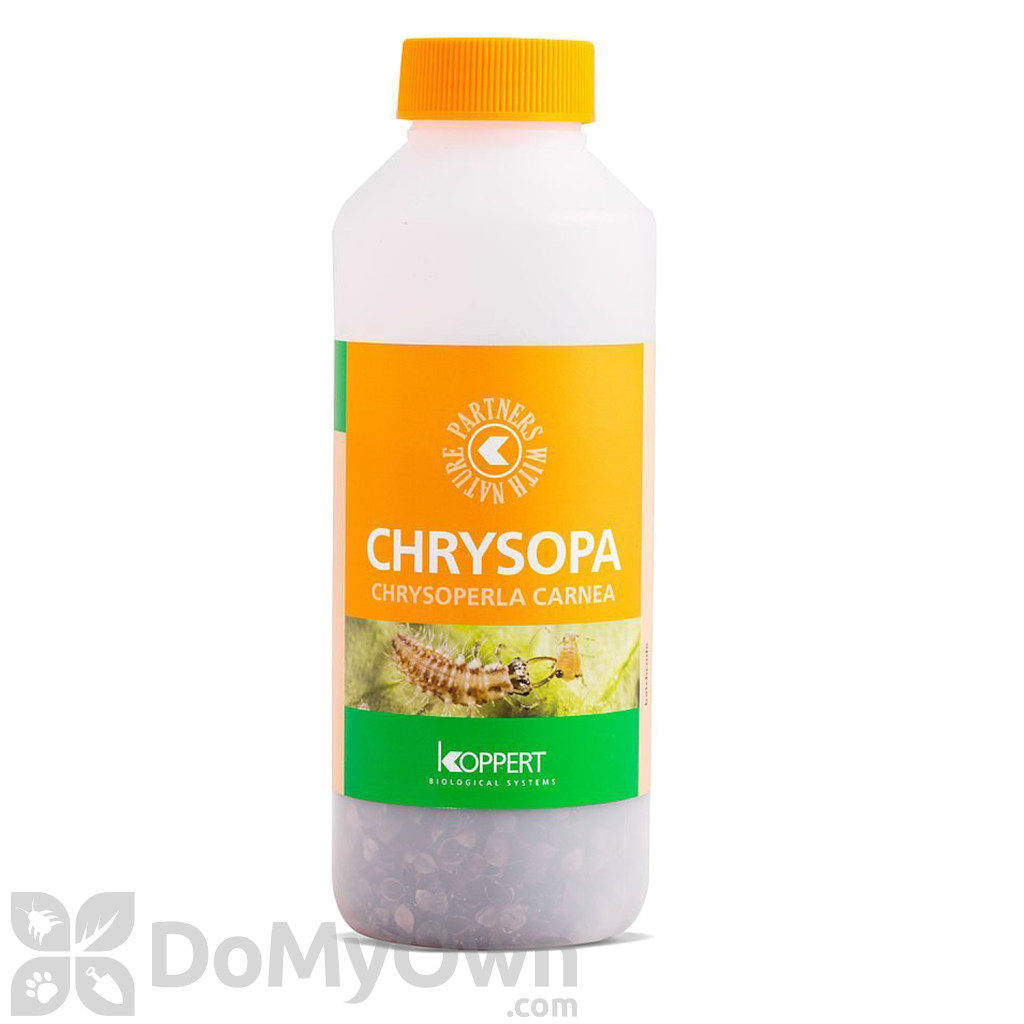
You might also like these articles:
- Vegetables’ physiological problems
- Vegetable garden sprayer
- Tuta absoluta Moth: Prevention and Control Methods for Tomato and Eggplant Farmers
- Tomato plant diseases pictures
- Tomato pith necrosis
- The Ultimate Guide to Eradicating Spider Mites
- Systemic Pesticides
- Sweet Success: A Guide to Growing Juicy Strawberries in Your Garden
- Safety in spraying
- Protect Your Plants from Whitefly Infestation and Virus with These Tips!
- Pre spraying stages
- Nematode Ecology & Management in Agriculture


